The Hunter Valley is renowned for producing world-class shiraz, that is stylistically in a world of its own. The region’s signature red variety generates a great deal of intrigue, consistently tops wine columns and shapes out wine shows and guides. Shiraz has firmly secured the Hunter Valley’s position as one of the great producing regions of the world.
It is wines like the Brokenwood Graveyard Shiraz, Mount Pleasant Maurice O’Shea Shiraz and Thomas Kiss Shiraz that have really put the Hunter Valley on the contemporary shiraz map. Unlike the more staid styles of old, these producers have evolved the style and the region’s reputation over the past decade or two.
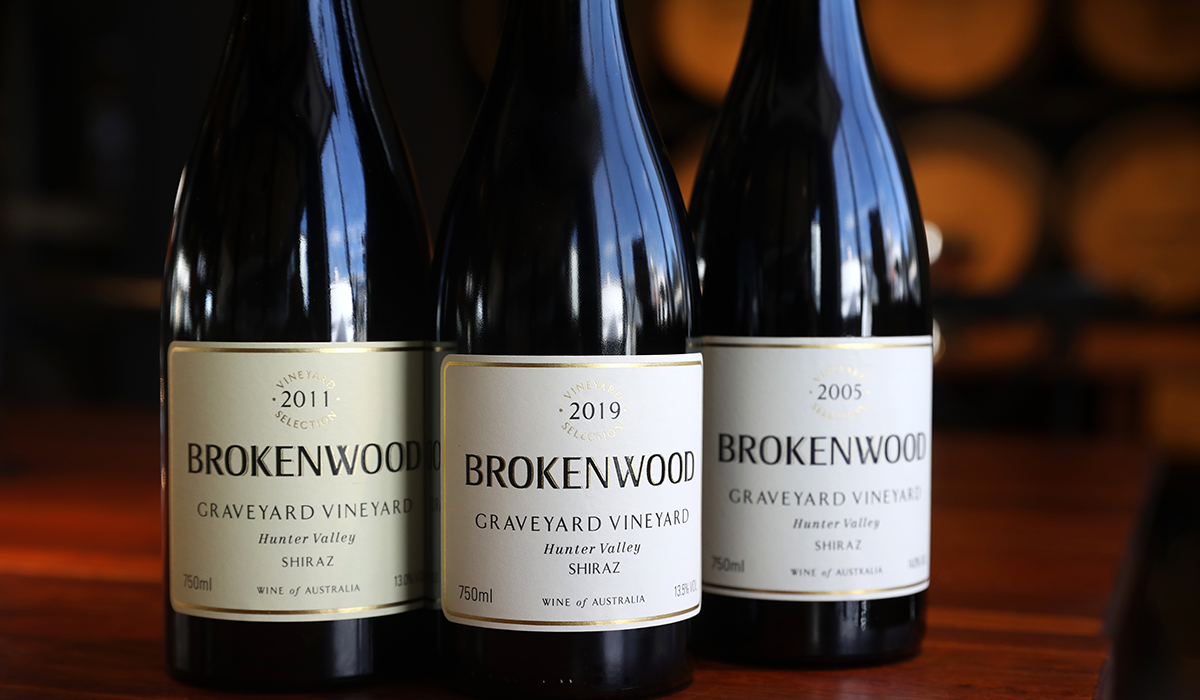
They all have an evolutionary style progression in common, moving away from the deeper darker styles of Hunter Valley shiraz from the bygone era. Now they're really letting the purity of fruit dominate, with less reliance on oak, and a shift away from the big American oak styles. The pristine fruit produces medium-bodied, savoury wines with an elegance, finesse and flair that defines the new era of the Hunter Valley.
With the exception of the Mount Pleasant's Maurice O’Shea, these iconic wines are all single vineyard wines. The Maurice O’Shea was historically produced from the original plantings (planted in 1880), but recent vintages have comprised of a blend of Old Paddock and Rosehill (1946 and 1965) blocks that showcase a classic Hunter Valley savoury style.

Most of these vineyards were planted as recently as 50 years ago, and are now really hitting their stride. Critical to their sacredness, is that the wines are reflective of time and place. Time being the season and place being the site.
Take the Graveyard Vineyard for example. It’s a 10ha vineyard on a gentle east-facing slope located just south of the Brokenwood winery on McDonalds Road in Pokolbin. The vines vary in age – from the original planting in 1968 to the most recent in 2009 – and are planted entirely to shiraz. Planted on heavy red soil, the original cuttings were taken from one of the first Mount Pleasant vineyards.
As winemaking and trends ebb and flow over time, so has the style of the Graveyard Shiraz. Early releases were matured almost exclusively in American oak barriques and hogsheads, whereas today, the wine is matured in one-year-old French oak puncheons.
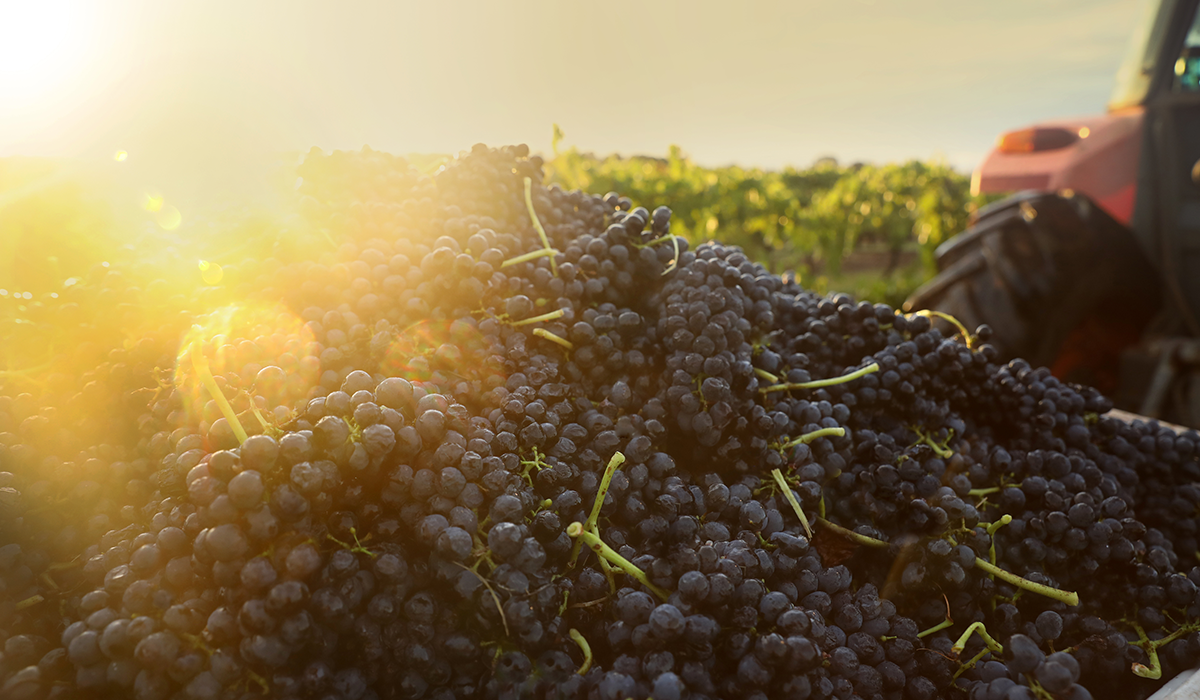
Brokenwood’s continual focus on the importance of single-vineyard sites is what winemaker Stuart Hordern values the most – both in terms of wine quality but also the lineage and pedigree they represent. With a strong desire to showcase fruit from the vineyard rather than winemaking techniques, it can be said that this wine has almost come full circle.
Having been included in every Langton’s Classification since the first release in 1991, and one of only 22 wines classified as exceptional, one could argue that Halliday Wine Companion's 2021 Wine of the Year – Brokenwood Graveyard Shiraz – really is a true Hunter icon.
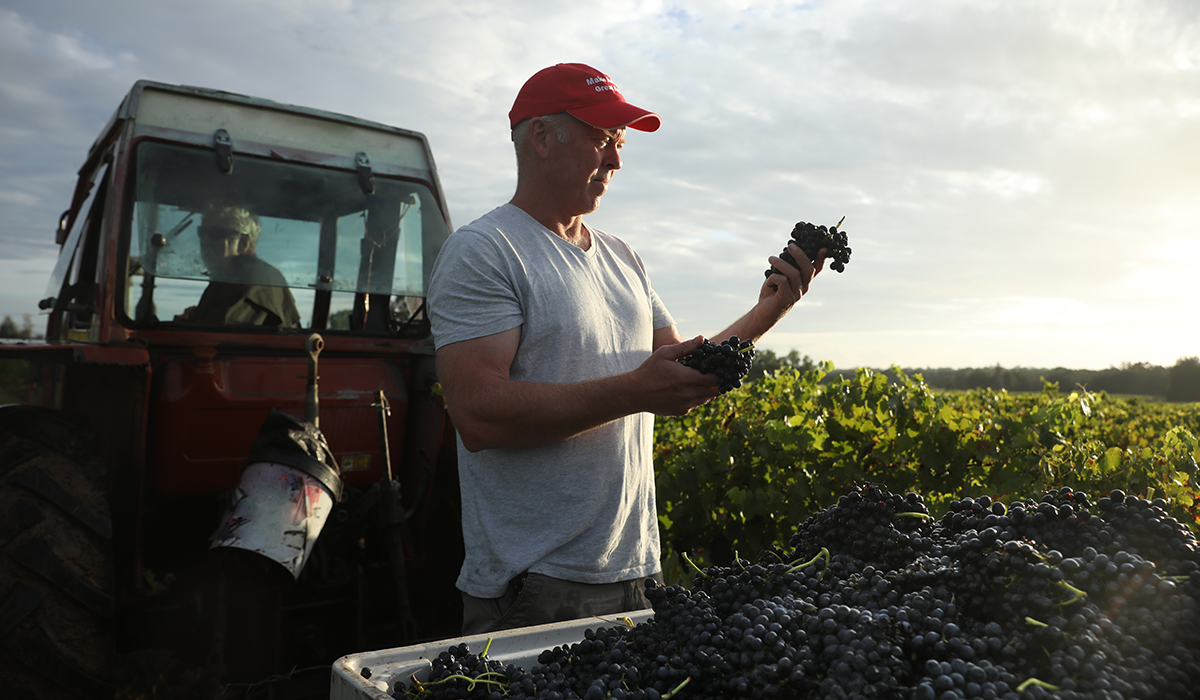
The newcomer to this list of iconic Hunter Valley shiraz is Thomas Wines' Kiss Shiraz. It is exactly as the name suggests – a Keep It Simple Stupid approach to winemaking. An insistence on using only the best grapes, grown in great years, from an exceptional single vineyard site, has seen this wine evolve from a signature wine in this small producer’s stable to a wine of international note.
The lesser-known site from which Kiss emanates is located diagonally opposite the famed Graveyard Vineyard, and was planted in the ensuing year. Its gentle slope and heavy clay soil, ensures a naturally low cropping yield of pristine fruit – brimming colours of hallmark blue to red – brimming with ripeness and intensity that the style has gained an enviable reputation for.
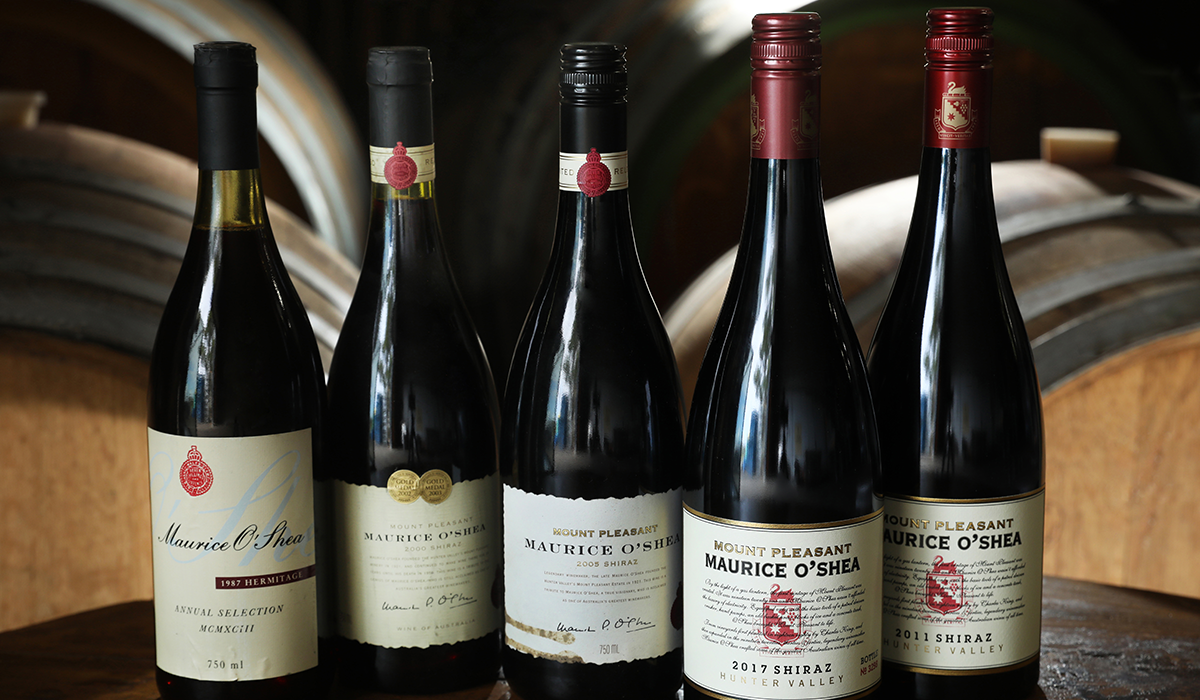
“It really was opportunistic that I came across this vineyard back in 2001. I was making wine under contract for a client and managed to secure a parcel of the fruit for myself. I couldn’t believe the quality and over time gained an intimate understanding of the site and what makes it tick.
"I developed a nice connection to it. We’ve nurtured it, and now this lovely combination of a pedigree vineyard, and my commitment to how we treat the fruit in the winery has led to us creating a wine that stands up against some of the region's, or perhaps the world’s best shiraz,” says Andrew Thomas.
It could be said that Mount Pleasant has been an integral part of the Hunter Valley shiraz revolution over the past 10 years. The flagship Maurice O’Shea – named after its founder and one of Australia’s most respected winemakers – has led the way with a part market, part winemaking led decision to reduce the dominance of oak and respect the fruit and region.
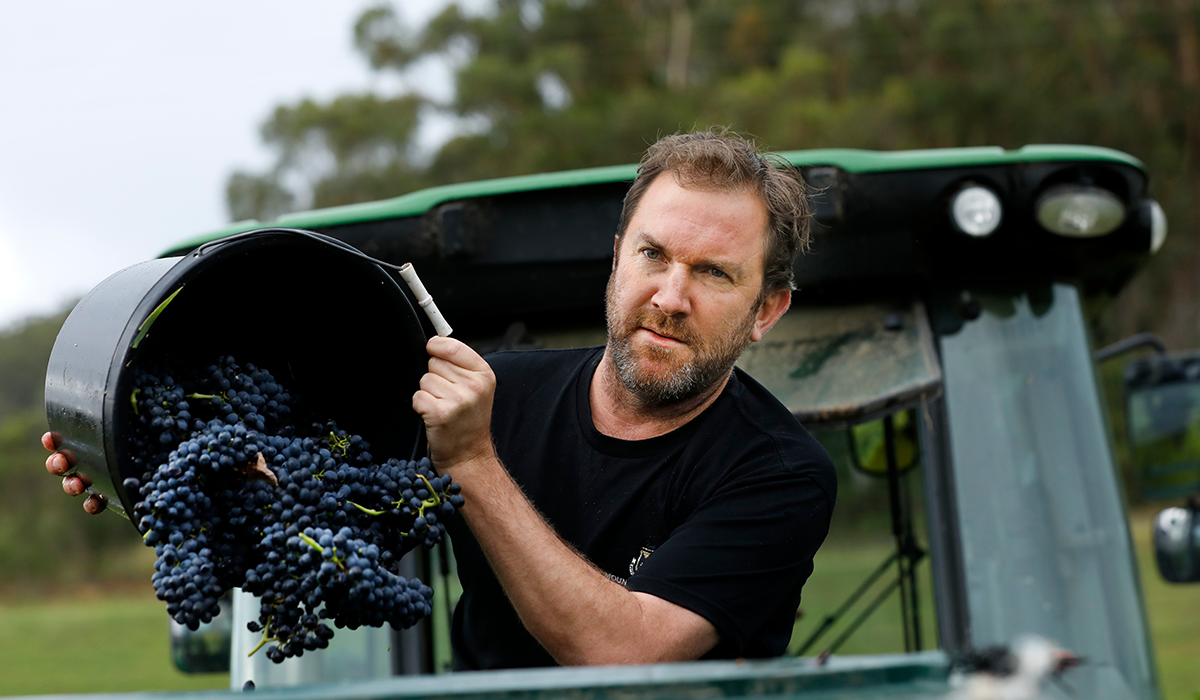
Representing the best possible wine that Mount Pleasant can make in any one year, the Maurice O’Shea will always tell the story of its particular vintage and will truly reflect the site from which it hailed.
These three examples of modern Hunter Valley shiraz, whether named after a person, vineyard, or philosophy, all go to show that over time Hunter Valley shiraz has evolved in style, personality and popularity. These wines also tell the story of the region, and cement that the Hunter Valley is a site sacred to shiraz.
For more information on the Hunter Valley wine region, visit winecountry.com.au.
*This article was supplied by the Hunter Valley Wine Tourism Association. The article first appeared on winecountry.com.au.
Image credit: Chris Elfes @elfesimages.



